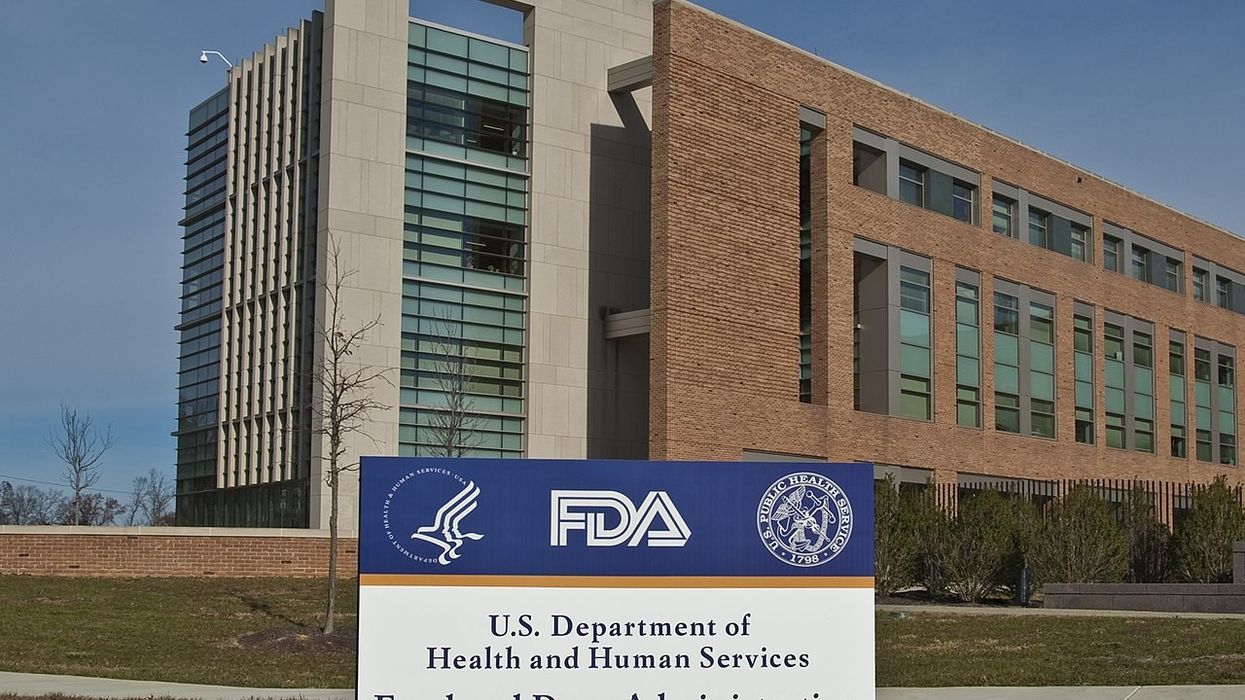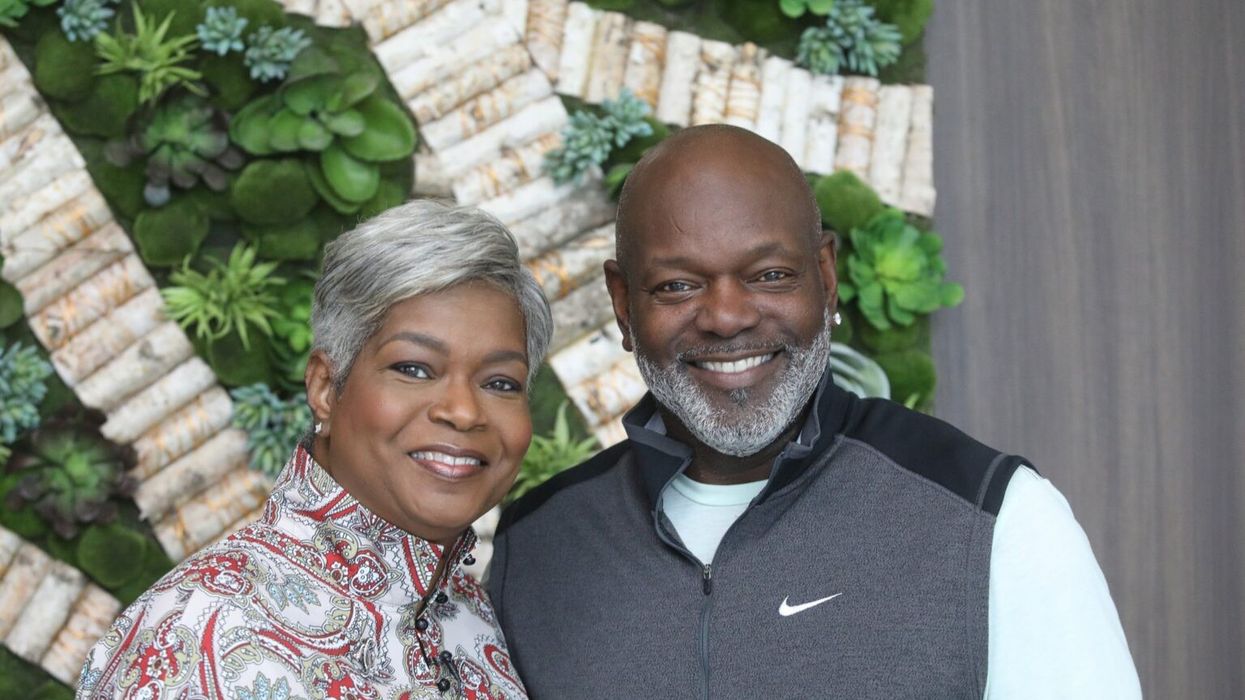As Americans continue to trust that the food on their plates is safe, troubling revelations suggest that the U.S. Food and Drug Administration (FDA) may be keeping critical information under wraps. Multiple E. coli outbreaks have sickened dozens—some severely—while the agency has withheld key details such as food sources, affected regions, and even the names of implicated suppliers. In a system built on public trust and transparency, these omissions raise urgent questions: Why is the FDA staying silent, and what are the consequences for consumers?
Delayed Disclosures and Withheld Information
In December 2024, the FDA acknowledged an outbreak of E. coli O157:H7 that affected at least 67 people. Despite initiating traceback efforts, the agency failed to disclose key details such as where the cases occurred or which foods were being investigated.
Another concurrent outbreak, involving the less common E. coli O145:H28 strain, sickened at least seven people. Again, the FDA did not reveal the contaminated food source or the states affected. In a separate and more widespread case, the FDA traced an outbreak that sickened 75 individuals across 12 states to a lettuce supplier—but declined to publicly name the company.
These decisions appear to follow a troubling pattern. In past outbreaks, including a 2019 case involving romaine lettuce, the FDA delayed public notification by over a month, during which dozens of people became sick. The agency cited ongoing investigations, but critics argue these delays may have put more people at risk.
Public Health Implications
The lack of timely communication from the FDA has raised red flags in the food safety community. Legal experts and public health advocates argue that full transparency is essential to inform consumers and prevent the spread of illness.
In a 2024 outbreak linked to romaine lettuce that caused 89 illnesses, 36 hospitalizations, and one death, the FDA withheld both the food source and the distributor’s identity. Food safety attorney Bill Marler criticized the agency’s response, calling it a failure to warn the public when it mattered most.
Systemic Challenges
Part of the problem may be systemic. In early 2025, budget cuts led to the layoff of 10,000 federal employees—including 2,500 from the FDA. This has weakened the agency’s ability to conduct inspections, perform laboratory testing, and respond to outbreaks efficiently.
Meanwhile, efforts to implement mandatory water testing standards under the 2011 Food Safety Modernization Act have stalled. These provisions could reduce the risk of E. coli contamination at its source—namely, dirty irrigation water.
The FDA’s lack of transparency in managing recent E. coli outbreaks poses a serious challenge to public trust. Without timely and complete disclosure, consumers remain at risk and health officials lose critical time to contain the spread. Moving forward, increased accountability and better communication will be essential to restoring confidence in America’s food safety systems.
Sources:
- Food Safety News. “FDA discovers new E. coli outbreak with 67 patients; source not yet identified.” December 2024. Link
- Food Safety News. “FDA reports new E. coli outbreak; won’t name lettuce supplier in another.” December 2024. Link
- Quality Assurance Magazine. “FDA delayed romaine E. coli outbreak announcement incites controversy.” Link
- Food Poison Journal. “FDA continues to investigate Listeria outbreak but stays mum on E. coli outbreak.” Link
- TIME. “Food Safety Agencies Are Losing Workers. That’s Making Outbreaks Harder to Stop.” April 2025. Link
- WIRED. “The Science Is Clear: Dirty Farm Water Is Making Us Sick.” Link









 Karla Mingo believes that her greatest gift as a cancer survivor is the ability to live with gratitude and thankfulness.
Karla Mingo believes that her greatest gift as a cancer survivor is the ability to live with gratitude and thankfulness.





 Dr. Cary S. Kaufman teaches the "Essentials of Oncoplastic Surgery" course through the National Consortium of Breast Centers, providing breast surgeons around the world with advanced techniques for optimal breast surgery outcomes.
Dr. Cary S. Kaufman teaches the "Essentials of Oncoplastic Surgery" course through the National Consortium of Breast Centers, providing breast surgeons around the world with advanced techniques for optimal breast surgery outcomes.